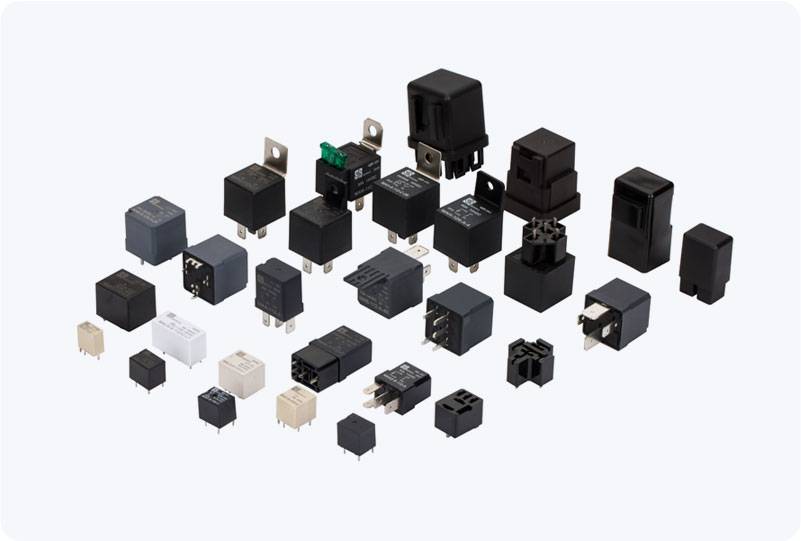An AC Motor Relay is a critical component widely used in various industrial and residential applications to control the operation of AC motors. Its primary purpose is to switch the electric power supply to motors, allowing for efficient operation, protection, and automation. This article aims to provide an in-depth understanding of AC Motor Relays, discussing their functionality, types, applications, and maintenance.

Functionality of AC Motor Relay The primary function of an AC Motor Relay is to control the flow of electrical power to an AC motor. The relay consists of two main parts: a coil and a set of contacts. When voltage is applied to the coil, it generates a magnetic field that attracts a movable armature, closing or opening the contacts. This action either allows electricity to flow to the motor, thereby starting it, or interrupts the power supply, stopping the motor. One of the significant advantages of using AC Motor Relays is their capability to provide safe and reliable control over various motor functions. For instance, they can be configured to manage multiple motors simultaneously, enhancing operational efficiency. Moreover, relays can incorporate protective features to prevent damage caused by overloads, shorts, or phase failures, thereby extending the lifespan of the motor and associated components.